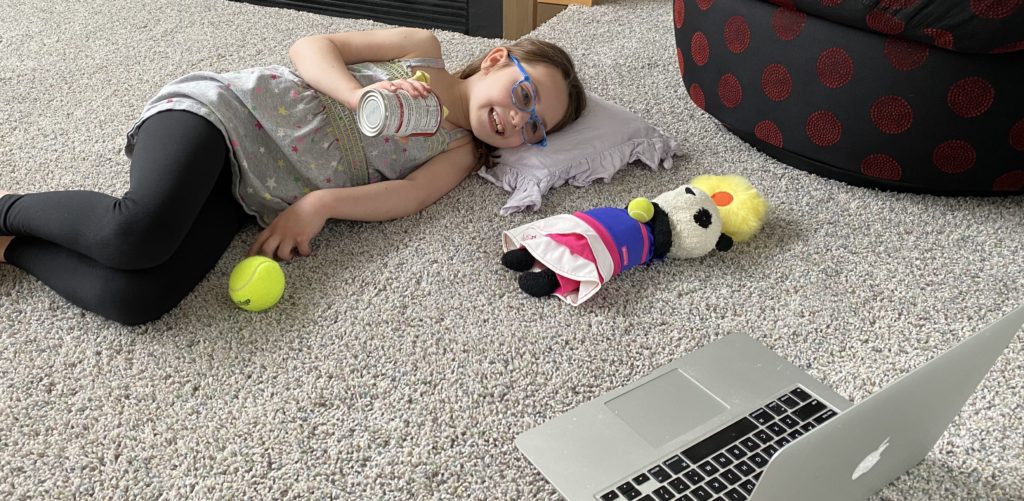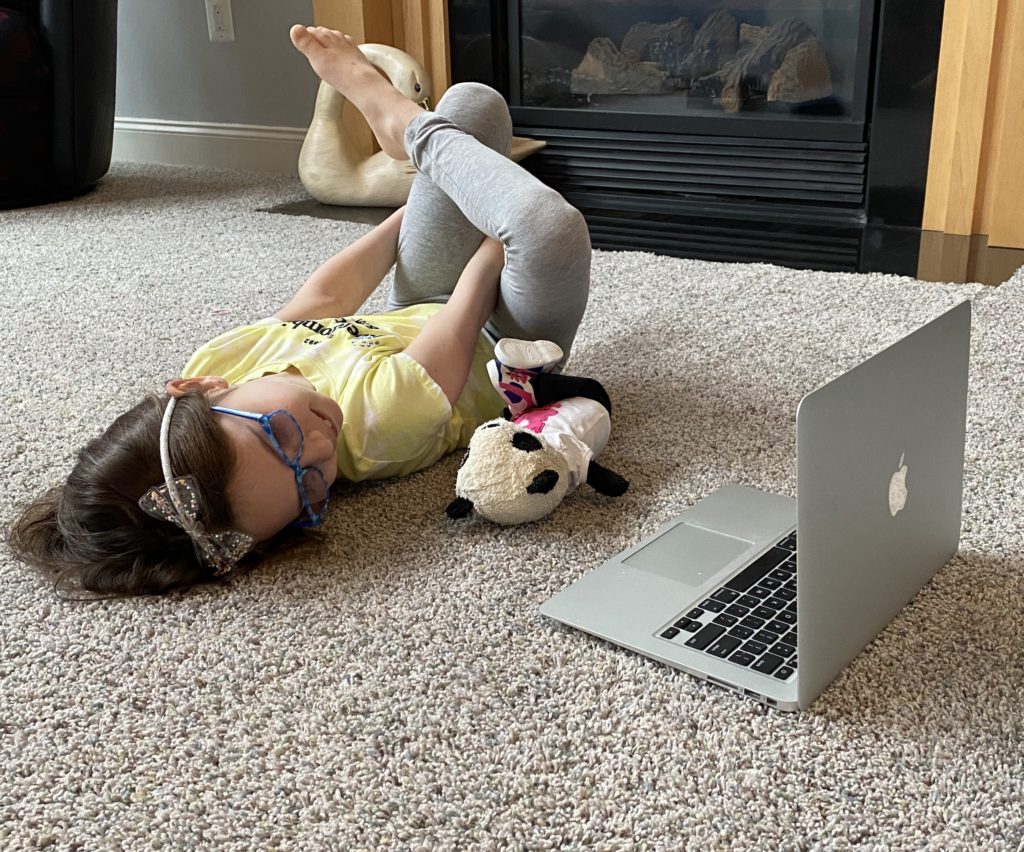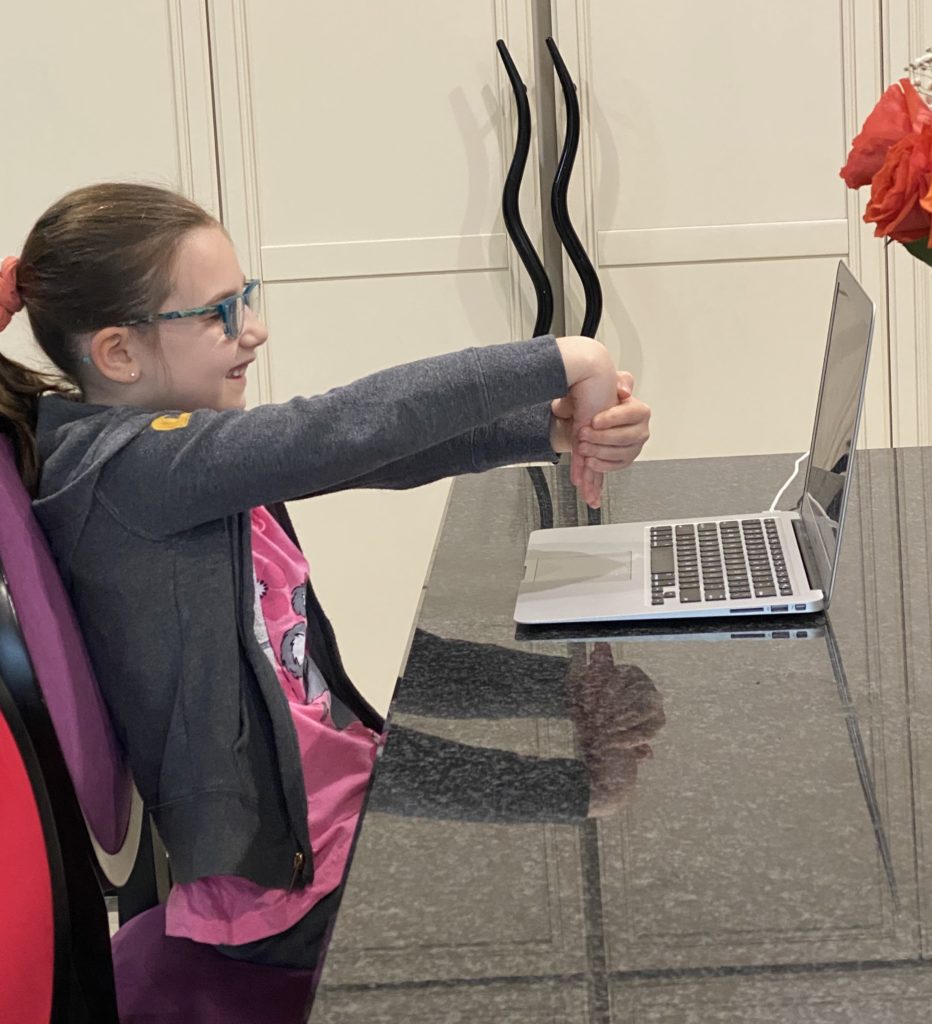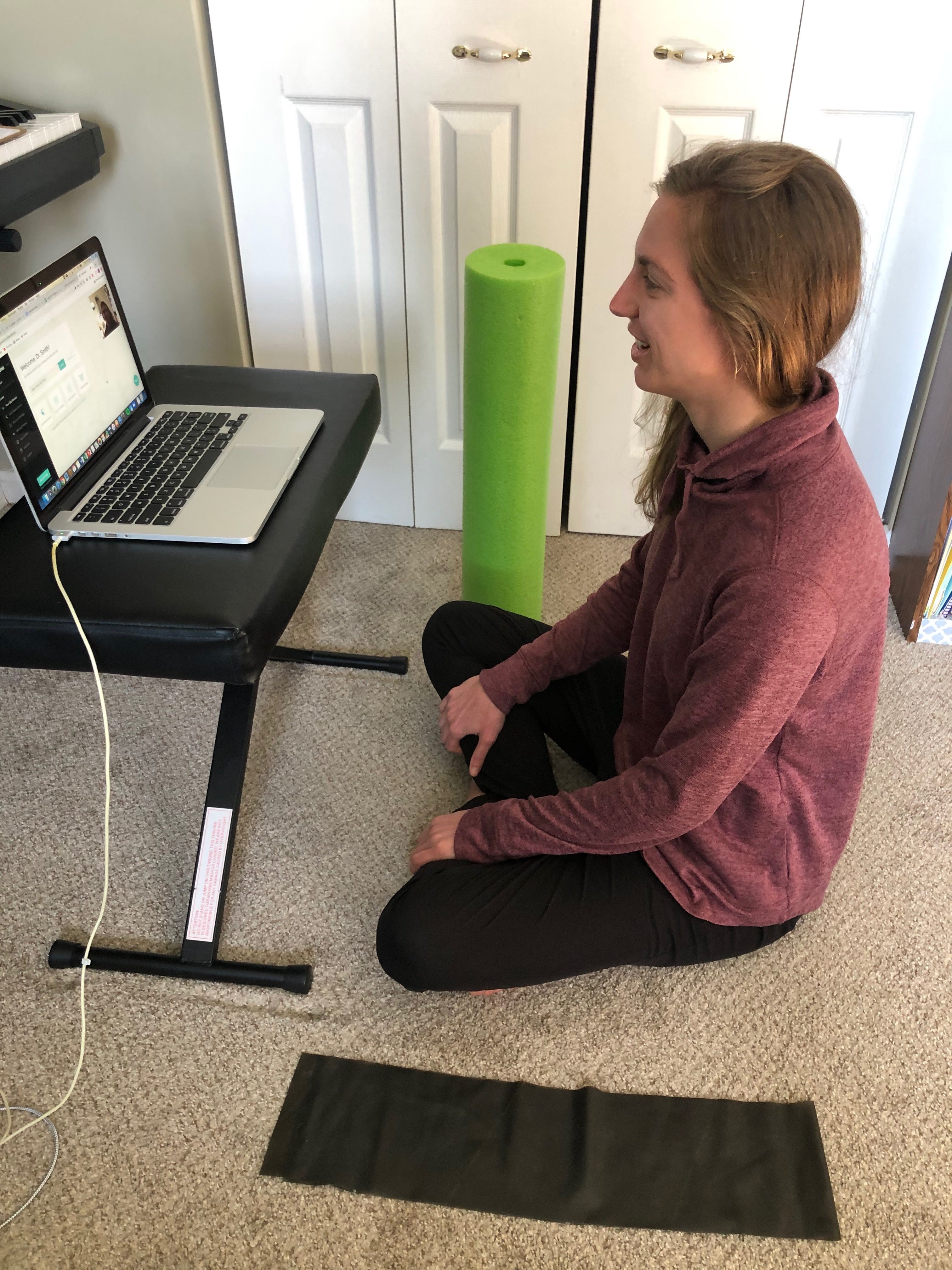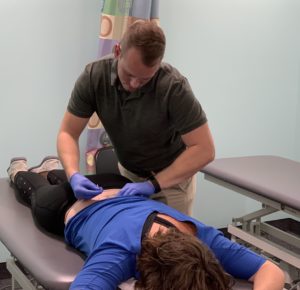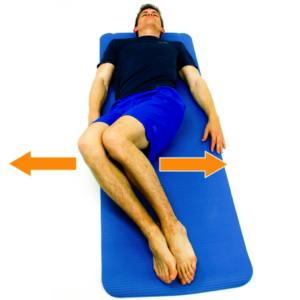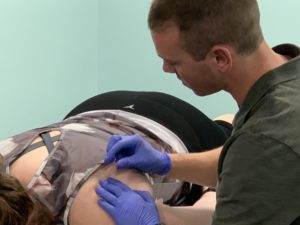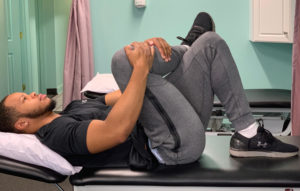While absolutely no equipment is required for a telehealth PT session, some pieces of equipment that the PT might ask for you to grab during the session are: a tennis ball (lacrosse ball or other type of firm ball), a theraband from your home exercise program, a towel roll, a broomstick, a pillow, and/or canned goods (great for adding weight to an exercise). The therapist will typically let you know before your appointment time if any equipment is necessary. If the therapist has something else planned or requires more equipment, he/she will contact you prior to your first appointment, or will discuss it with you during your appointment time. Some patients also find it helpful to have a water bottle or a cup of water close by for easy access during their appointment time!
Written by: Dr. Chloe Smith
Staff Physical Therapist at HPT

